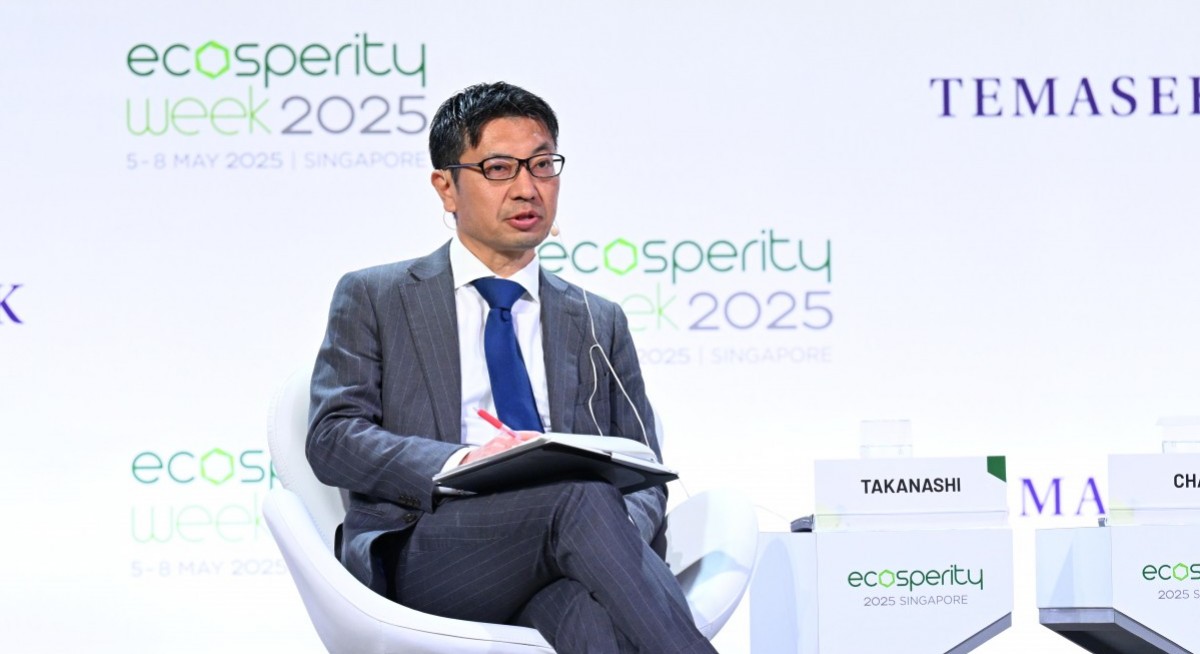The official English-language outline of Japan’s seventh Strategic Energy Plan, finalised on Feb 18, starts with a clear-eyed message: “Almost 14 years have passed since the Great East Japan Earthquake and the accident at TEPCO‘s Fukushima Daiichi Nuclear Power Station. The experiences, reflections and lessons learned from this accident remain the starting point for Japan’s energy policy.”
Since the previous revision of the Strategic Energy Plan in October 2021, the energy situation surrounding Japan has changed, says the country’s Ministry of Economy, Trade and Industry (METI).
They point to increased economic security demands “following Russia‘s aggression against Ukraine and soaring tensions in the Middle East” and an expected rise in power demand owing to “digital transformation and green transformation”.
Over 15 pages, Japan’s METI outlines its new goals; by fiscal year 2040, renewable energy will meet 40%-50% of Japan’s energy demand, mainly from solar and hydro, up from roughly 22.9% in preliminary data for 2023.
Meanwhile, Japan will reduce thermal power’s share in its energy mix from 68.6% in 2023 to around 30%-40% in 2040, with liquefied natural gas (LNG) as a transition fuel.
See also: Nuclear + uranium are back in play
SMBC’s group chief sustainability officer Masa Takanashi says Japan has been “a little bit late in introducing or expanding the amount of renewables” compared to other countries.
Faced with land constraints, Japan is weighing options like floating wind turbines, adds Takanashi. “Floating wind itself has its own challenges as well. The sea surrounding Japan is very, very deep, and it’s also fast as well. So, they have technical challenges and also cost challenges… I think the durability of these technologies is still not there. But as a Japanese bank, we need to try to support our clients on this journey.”
Japan’s METI also envisions that nuclear power will provide a fifth of the country’s energy demand in 2040, up from 8.5% in 2023.
See also: Subsea cables at the nexus of global power and data struggle
The outline document also reads: “Instead of dichotomous discussions on whether to use renewable energy or nuclear power, it is necessary to maximise the use of both renewables and nuclear power.”
Following the February announcement, Japan’s Nuclear Regulation Authority approved the restart of a nuclear reactor for the first time since 2021.
Speaking to The Edge Singapore at Temasek’s Ecosperity Week 2025 conference in May, Takanashi says “there is a possibility” that there will be financing needs for restarting these nuclear plants. “But I think we need to wait and see what happens.”
The Japanese government hopes to conduct Japan’s first field test of a power plant generating electricity from nuclear fusion in the 2030s.
SMBC, via its corporate venture capital arm SMBC Venture Capital, has invested in related firms like Osaka-headquartered nuclear fusion reactor manufacturer EX-Fusion and Tokyo-based nuclear fusion start-up LINEA Innovation.
Hydrogen plans
Singapore launched its National Hydrogen Strategy in 2022, with Prime Minister Lawrence Wong outlining plans for hydrogen to supply up to half of the nation’s power needs by 2050.
To stay ahead of Singapore and the region’s corporate and economic trends, click here for Latest Section
Similarly, Japan charted its course with the Basic Hydrogen Strategy in 2017, which was later revised in 2023. It outlined a JPY15 trillion ($130.6 billion) public-private investment plan and stressed international partnerships, while committing the nation to procuring 12 million tonnes of hydrogen annually by 2040.
A major barrier to hydrogen’s integration into the mainstream energy economy is the lack of a mature trading and pricing infrastructure. Hence, government measures have extended into the financial markets as well.
Japan’s Hydrogen Society Promotion Act in May 2024 outlined plans to implement policies to reduce costs and expand the use of hydrogen. In December that year, METI launched a contracts for difference (CFD) subsidy programme, aiming to plug the price gap between low-carbon hydrogen and fossil fuel equivalents via 15-year subsidy contracts.
The programme, which closed in March, was oversubscribed with 27 applications “significantly exceeding” the JPY3 trillion budget, said METI’s director general for international policy on carbon neutrality Shinichi Kihara in May.
The ministry will approve projects in the latter half of its fiscal year ending March 31, 2026.
SMBC’s Takanashi says the bank can provide letters of intent to firms for them to apply for these subsidies. “Before that, we engage with our clients to discuss whether these projects are bankable.”
Still, these policies are focused first on domestic capacity-building. “If Japan were to import hydrogen, they would need receiving points, which are not there at this moment. So I think at the beginning, they would tend to be domestic production projects and probably small ones at the beginning. Once we solve the issue around receiving ports and transportation, I think we will expand.”
According to Takanashi, China, India and Australia are some potential hydrogen producers, but only the latter two may export the fuel. “China might consume it domestically; I’m not sure if they have an intention to export… the cost structure in each region is also different. Some people say that maybe China has the ability to create hydrogen the cheapest at this moment. India might catch up, but we’re not really sure.”




